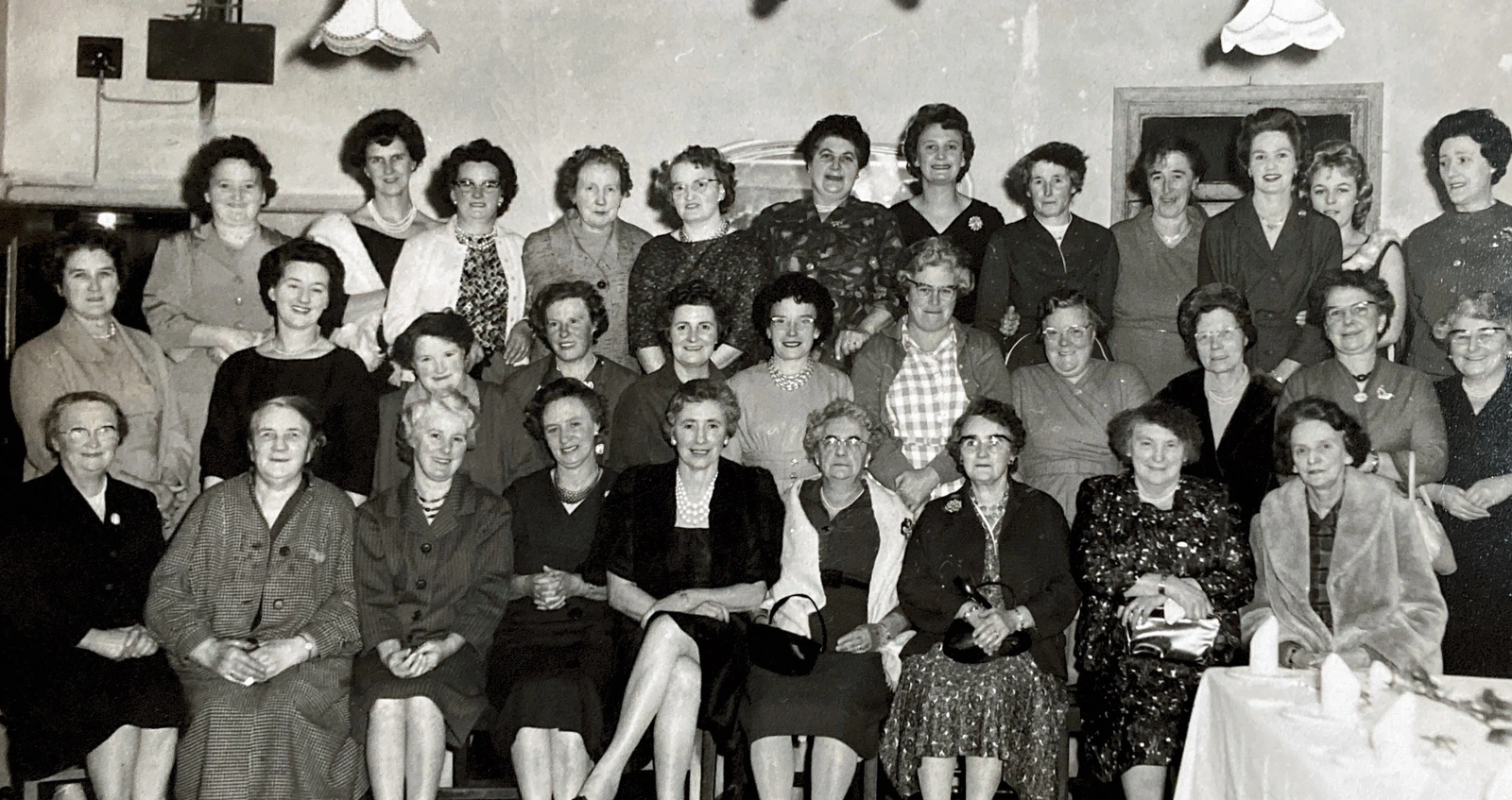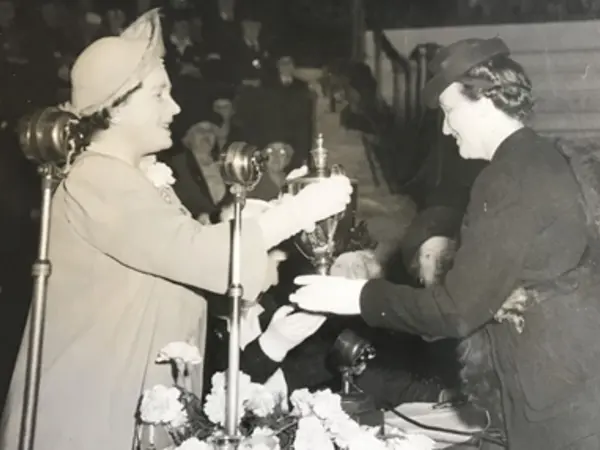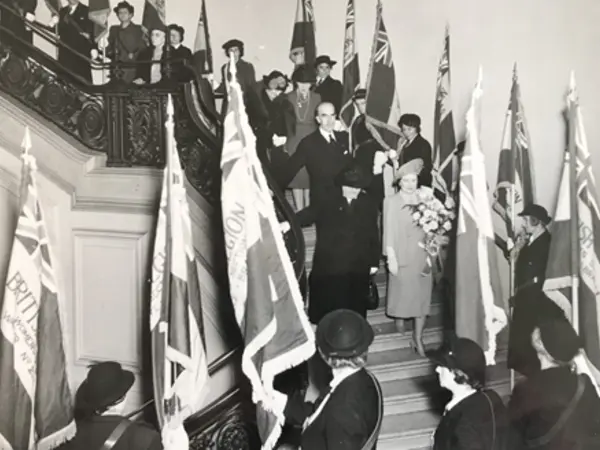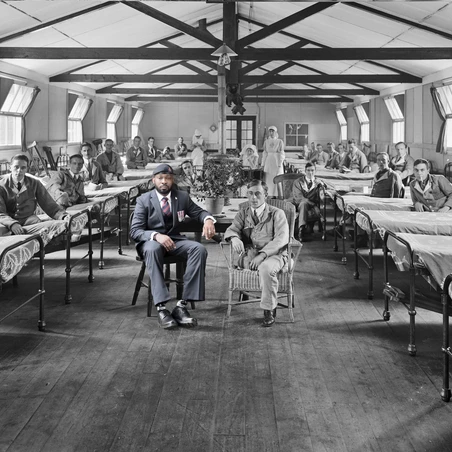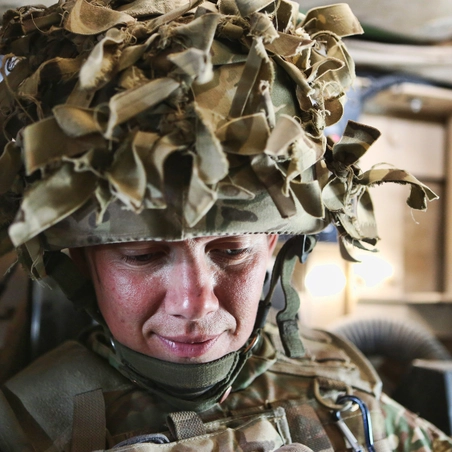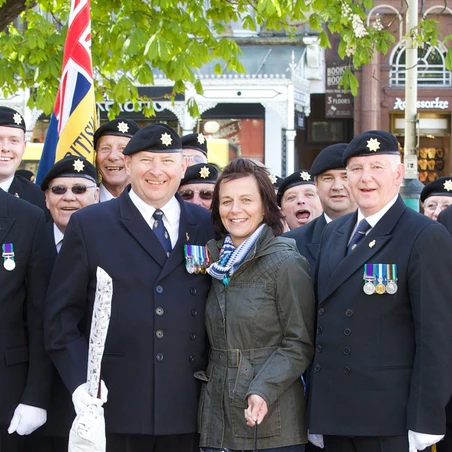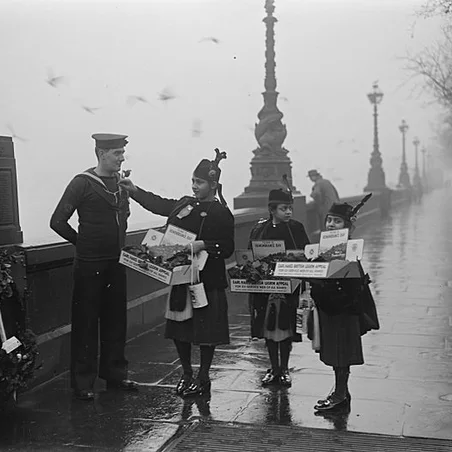The British Legion Women’s Section was formed in 1921 to safeguard the interests of widows and families of ex-Servicemen.
It was also to provide a way for women to be a part of the British Legion and widen its activities. The Women’s Section is autonomous, self-funding, and also comes under the Royal Charter with Her Royal Highness the Princess Royal as the National President.
Starting the Women’s Section
The Unity Conference of 1920 had decided that women would not be able to become ordinary members of the British Legion (a decision reversed the following year) and the Women’s Auxillary Section was formed to bring together the women who had been a part of the previous ex-service organisations.
In 1921, the Women’s Section committee was elected, Princess Mary became the Patroness of the Section, and branches began to emerge throughout the country. However, in 1922, memberships slowed down as the British Legion decided to allow women who had served in the auxiliary services to join as ordinary members, which was met with some resistance. Subsequently, the word "Auxiliary" was then removed from the name to become The Women's Section.
By 1930, there were 1,000 branches and 113,000 members of the Women’s Section. High profile involvement, such as Countess Haig and Princess Alice elected as Chairman and President, helped the Women’s Section to attract a strong membership.
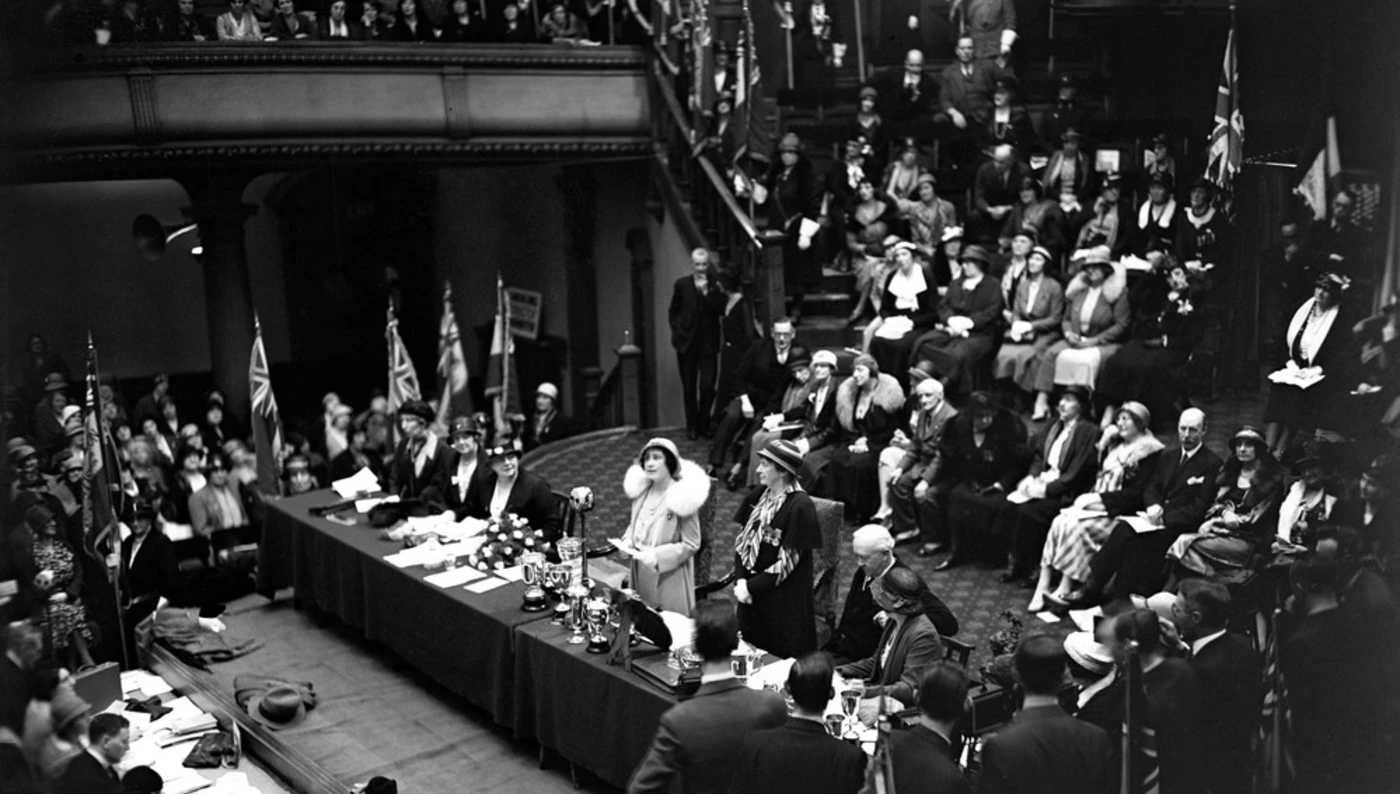
Fundraising
The Women’s Section quickly became the driving force behind the success of the Poppy Appeal with many branches setting up their own committees to increase the efforts in their area. Branch Chairman, Pat Ayres MBE, recalls how in 1944 the Kemble and District Women’s Section were asked by the local British Legion branch to undertake the arrangements for Poppy Day, which the branch has done ever since.
As a new branch, formed earlier that year, it was a momentous
task to organise the largest fundraising event for the British Legion unlike some of the other Women's Section branches that had been the driving force of the Poppy Appeal for decades.
Women and children were a common sight during the November campaigns and their huge role in the first Poppy Day alone justified the existence of the Women’s Section with all of their poppies sold out before midday.
The Queen's Cup
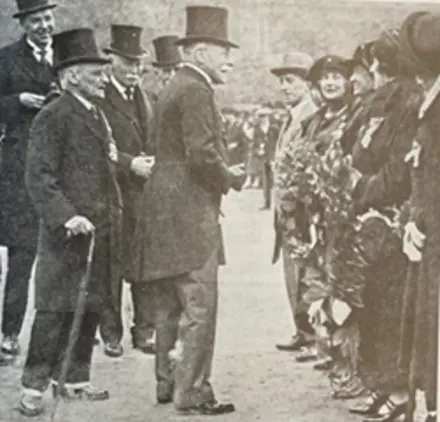

Benevolent work of The Women’s Section
The Women’s Section has always played its part in the welfare work of the Royal British Legion, serving on central relief and pensions committees, and providing their own benevolent schemes such as financial assistance to war widows. In their formative years, the Women’s Section activities focused on very practical ways of supporting men, women, and children, such as the 1931 Wardrobe Scheme. Branches that enrolled in the scheme committed to collecting second-hand clothing for those in need whilst also providing new clothing which had to be proportionate to at least 25% of their membership. In the first year, 7,500 new items of clothing were produced which outnumbered the 5,000 items of worn clothing. Most of the distribution was again completed by the Women’s Section London branches.
As much of the focus of the British Legion was towards the men who had fought in the First and Second World Wars, the Women’s Section naturally took more consideration for the women who had also been affected.
They focused on the employment of women, many of whom had undertaken work during the war, seeing their roles in society change, and in some circumstances become the breadwinner of the family when their husbands returned from war with significant injuries. Widows Allowances and Training Loans were given to women in such circumstances and the Women’s Section pressed the government to provide more training in industrial work and nursing rather than just domestic service.
A Training and Rest Centre was set up at Burnham Hall by the Women’s Section in 1931. It provided rest for women as they came to terms with their new life followed by employment training. Burnham Hall also began to provide convalescence to daughters of ex-servicemen who had disabilities or for those in depressed areas where there was no work for them to begin a career. Schemes such as this undoubtedly played a role in the progress of women in society and the government was often pressed by the Women’s Section on issues such as employment and widow’s pensions.
Children have always been a special consideration of the Women’s Section. From 1924, summer outings and holidays were organised for children from industrial towns and cities to visit the seaside or countryside. In 1937, over 2,000 children were given holidays by the Women’s Section.
When the Second World War broke out, many men were once again called up to join the military meaning women were thrust back into industrial work as well as providing support that a depleted British Legion could not. Women’s Section membership rose by around 37,000 in the wartime period and in 1939, HM the Queen implored the Section to “Keep its organisation strong, alert and keyed up to fresh efforts.”
*Images: Earl Haigh meets with the Women's Section and Members of the Women's section
Providing support after the London bombings in 1940
The ongoing pensions and wardrobe schemes continued to thrive throughout the Second World War providing imperative support for families and soldiers, whilst new programmes such as mobile canteens were set up by members in heavily bombed areas such as London and Bradford. In 1944, the Women’s Section bought Lancaster House in Richmond as a home for “war orphaned” children having proved itself to be financially well-organised.
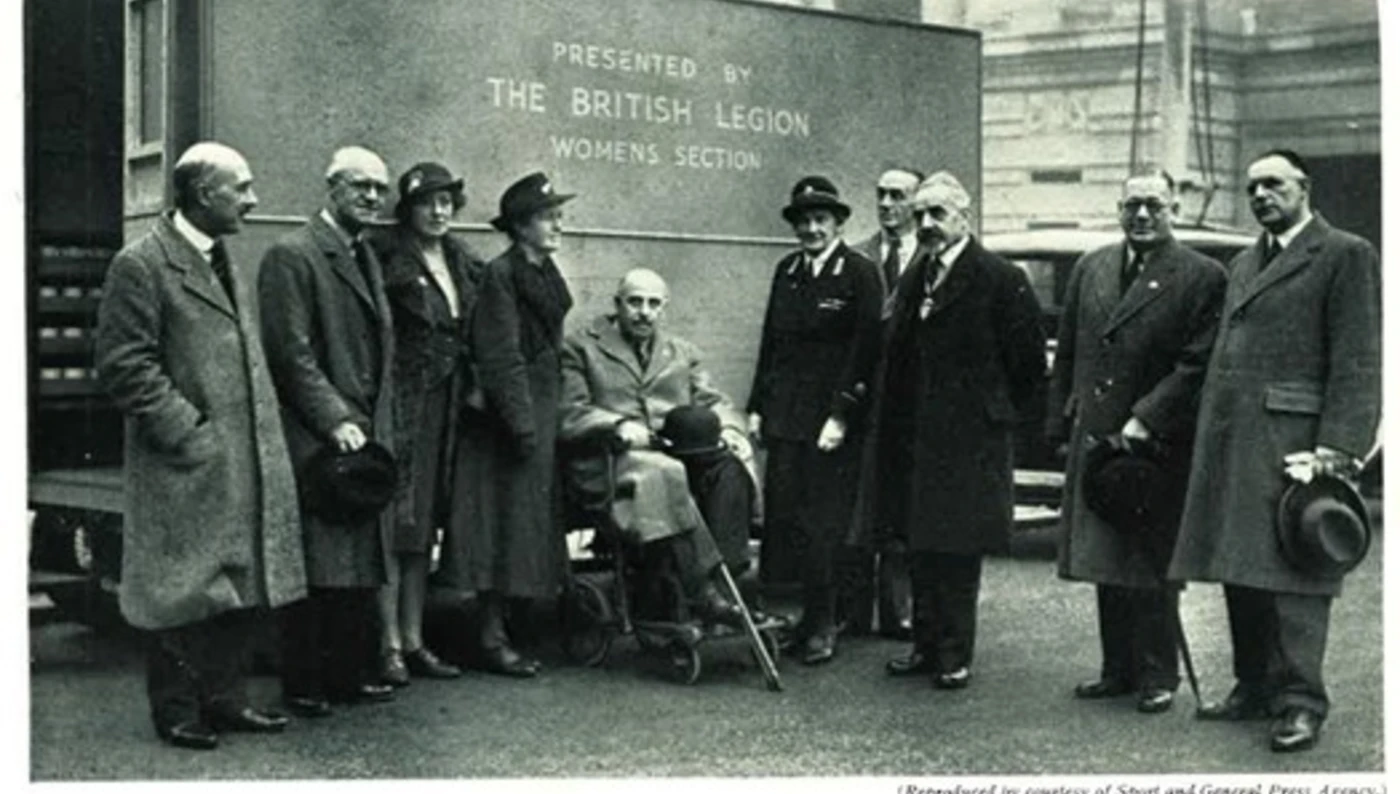
Royal patronage
The Post War Era
In 1953, the Women’s Section was permitted to parade its standard at the Festival of Remembrance for the first time. The Women’s Section National Standard Bearer walked at the front of the columns alongside the National Standard Bearer of the British Legion, signifying the importance of the partnership. With more women having been involved in the military during the Second World War, their achievements and service could not go unnoticed. However, the Women’s Section were still not permitted to be represented on the National Executive Committee.
Regardless, the Women’s Section went from strength to strength with almost 3,300 branches by 1954. In 1959, 38 years after its inception, the Women’s Section finally moved it operations into the British Legion headquarters at Pall Mall, a sign of a closer union.
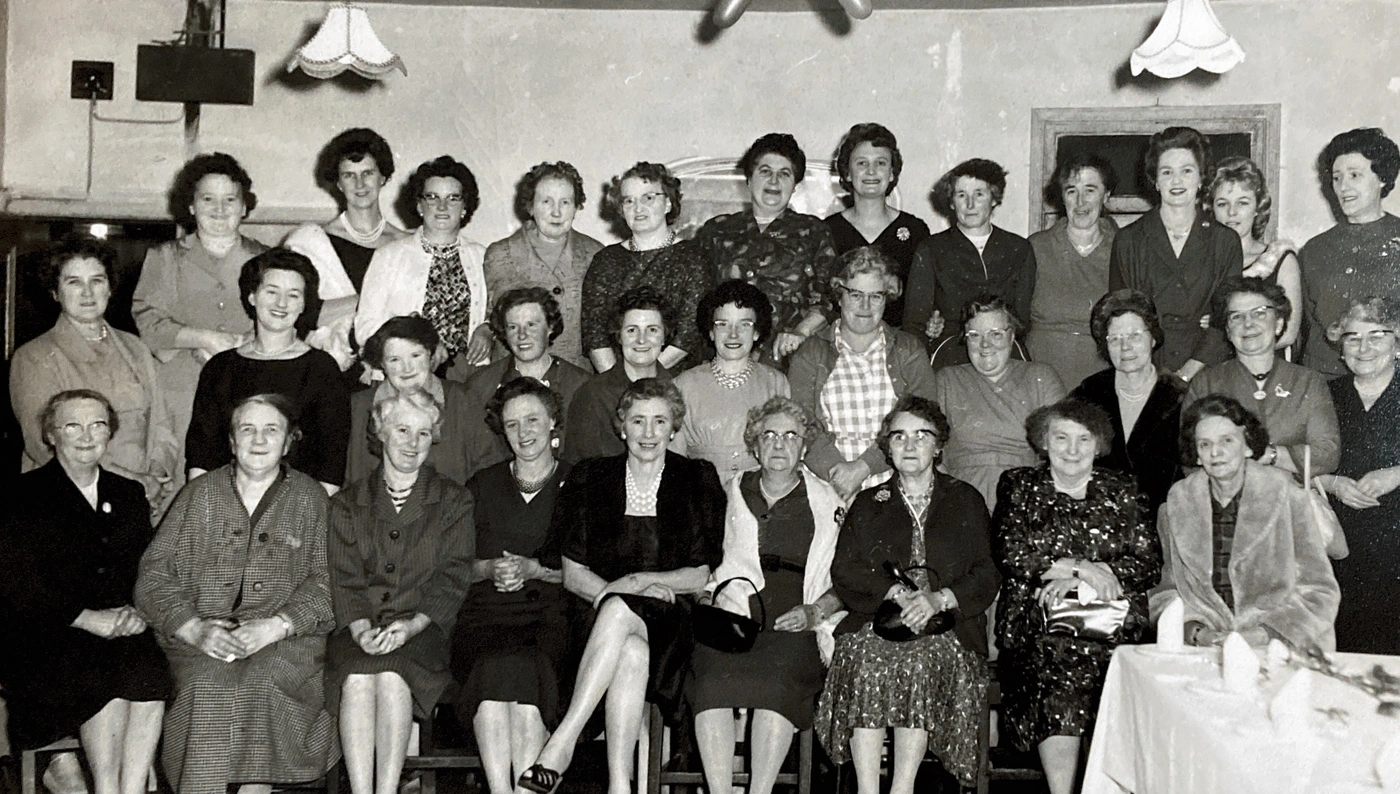
During the 1960’s significant changes were made to welfare services run by the Women’s Section, mostly in their provisions of Rest Homes and Children’s Homes.
Some of these began to be inefficient as the country started to ease out of financial post-war austerity and less women and children were in need of such services with the war ending over 15 years previously. The closure of Regina House, the home for “disturbed children” found a new venture when the Women’s Section converted it into flats for widows of ex-servicemen or elderly ex-servicewomen.
The Women’s Section continued to stay in touch with every child that they placed in other suitable homes. It continued to be financially sustainable with no funding from the Poppy Appeal despite continuing to be the driving force behind it. The 1972 Annual Report noted that the Women’s Section now raised over £90,000 a year for its own benevolent work and Colonel Hughes concluded that in the foresight of establishing a Women’s Section “no clause has paid a richer dividend”.
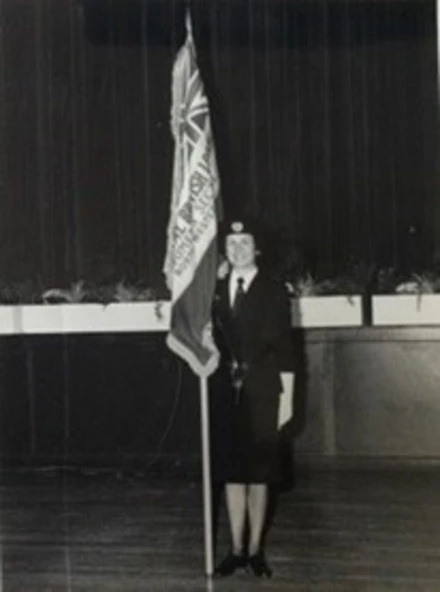
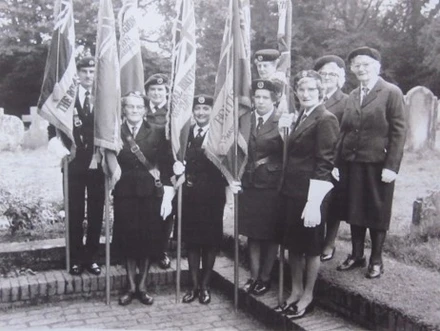
The RBL and Women’s Section’s Diamond Jubilee saw many celebrations and Women’s Section branches raised over £100,000 for the annual conference, led by the Queen Mother. Daphne Murray recalls carrying the Women’s Section standard for Port St Mary branch at Westminster Abbey, the same year in which she won her second National Standard Bearers Cup.
Conferences in the 1990’s introduced themes to increase the popularity and interest in the Women’s Section. Concerts and dances accompanied the efforts and themes for fundraising activities saw targets set by the Chairman being doubled. Jean Dunkley, Chairman of Duston branch, recalls how Blackpool Council would provide free entertainment on the weekend of the conference at either The Tower Ballroom or The Winter Gardens. However, despite the good-times that the Women’s Section was enjoying, overall membership began to fall in line with that of the Royal British Legion. With many RBL branches closing there were even requests from men to join the Women’s Section branches that remained. Despite this decline, remarkably, the Women’s Section continued to maintain its level of fundraising.
*Images of Daphne Murray and Cowden Women's Section members.
Today the Women’s Section has been fully integrated into the regular structure of the Royal British Legion.
It continues to raise funds for its benevolent work including the Children’s Welfare Fund which provide essential financial support for dependents of service people, and the President's Award Scheme, named after HRH the Queen Mother who was president at the time the program was created.
The President’s Award Scheme provides grants for educational needs of women in the Armed Forces community. This ranges from scholarships for course fees and accommodation costs, to smaller grants for textbooks or transport costs. The Women’s Section continues to provide essential support to all members of the Armed Forces community and provide a space for women to work together to support the RBL, as it has done for 100 years.

